Chances are, you’re going to run into a broody hen or five at some point when caring for your backyard chickens. Broodiness is a completely normal and natural state for hens, but it might not be something you want for a variety of reasons. In this article, we’ll explain broodiness, how and why it happens, and also some tips on how to stop it if you need to!
Quick Jump
Chapter 1: What is a Broody Hen?
Chapter 2: What To Do With a Broody Hen
Chapter 3: How to Stop a Broody Hen
What is a Broody Hen?

A broody hen is one that sits on an egg or a group of eggs in the hope that they will hatch. Of course, if you don’t have a rooster in your flock, the eggs will not be fertilized, but that won’t stop a hen from becoming broody, and she may even resort to stealing other eggs to look after while she’s in that state.
Signs of a Broody Hen
One easy sign to spot in a broody hen is if she becomes agitated when you’re trying to take the eggs from underneath her. If she lets out a loud squawk or possibly even a snake-like hiss, chances are she’s broody.
If she simply runs away in a huff when you grab the eggs, there’s no broodiness there, but she could be a little annoyed that you disturbed her.
A broody hen may also try to peck at your hand when you’re grabbing for the eggs, so be sure to be careful when you do this! Wear gloves if you have your suspicions.
Brooding Causes
Brooding can be caused by a number of different factors, but it’s generally understood to be a mixture of genetics, hormones, and increased sunlight throughout the day.
There’s no real way to prevent broodiness from starting, but later on, we’ll discuss some techniques to stop your ladies from going the whole nine yards!
If you’re seeing the above signs, it’s likely that your hen is broody, but do be aware that they could simply just be laying an egg or staying clear of a more aggressive member of the flock.
Breeds Most Likely to be Broody
There are certain breeds that tend to go broody more than others, as well as breeds that tend not to go broody so often. If you’re raising chickens for the eggs themselves, you may want to pick an Ancona, a Hamburg or a Leghorn for your flock, but if you’re hoping to see some chicks someday, check out our graphic below with the best broody hens!

Share This Image On Your Site
Bottom middle. Who's that fluffy son of a gun?!! That’s a Silkie. The G.O.A.T of the broody world. A real-life Jenny from the Flock!
Not only do they make great broody hens, but they’re also great mothers, and if you’re planning on raising chicks in your backyard farm, a Silkie is the way to go. They look pretty cool too, right?! 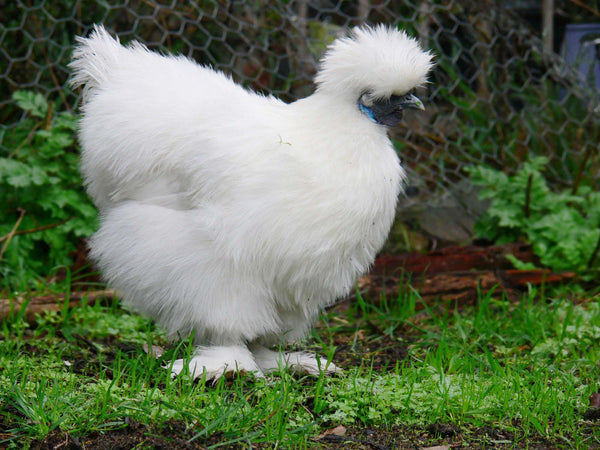
What To Do With a Broody Hen

Brooding Nests
The rule of thumb for a broody hen is to separate her from the rest of the flock into a Brooding Nest. This is because, despite the fact that they only leave the nest around once a day, you don’t want another hen to settle in her nest and force the broody hen to resettle elsewhere.
This brooding nest should be close to a separate source of food and water from the rest of the flock since she’ll need a different diet during her broody period. We’ll go through that next!
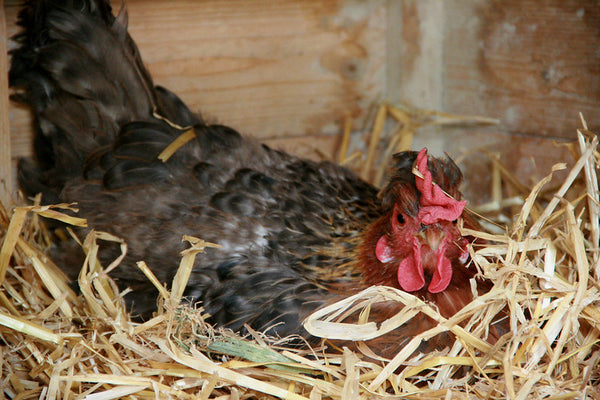
Managing a Broody Hen
It can seem a bit daunting to have a broody hen, but it can be an exciting experience that will be very rewarding, especially if you have a rooster that has fertilized the eggs your hen is looking after.
During her broody period, she will not eat a whole lot, and you shouldn’t be surprised if she doesn’t even leave the nest for the first day or two.
Once she does leave the nest, it’ll only be to eat, drink and poop, and then she’ll head back to her eggs. 20 minutes max!
As for the food she should have available to her, we recommend you provide a high protein Starter Chicken Feed because of her infrequent trips to the feeder.
If she is going to hatch chicks, this will be the food you want to feed them too, so having it on hand isn’t a bad idea anyway!
If you’re worried that your broody hen isn’t eating and drinking, you can encourage her by gently lifting her off the nest and placing her close to the feeder.
There is a chance however that she’s been eating when you’re not around, so don’t worry too much if she still doesn’t seem interested after you’ve tried this.
Candling Eggs
In our last article, the Free Range Eggs Ultimate Guide, we discussed a bit about candling eggs.
Candling eggs is the process of viewing the inner contents of a fertilized egg by placing it in front of a bright light (most people use a flashlight or a specific candling device). The reason it's called “candling” is that they used to use a…...candle. Shocker, eh?
Candling is used to estimate the age of an egg, as well as whether it’s been fertilized or if it’s going to rot. When you’re shining the light onto the egg, if you can barely see the yolk, you’ve got yourself a fresh egg, but if you’re seeing the yolk move around the egg freely and clearly, you’ve probably got an egg that’s older.
You’ll want to make sure you’re identifying the non-fertile eggs early and often because they are likely to burst in the nest and contaminate the other eggs. It’ll also stink and nobody needs that!
The best way to candle an egg is to hold the egg with your thumb and first two fingers. Place the flashlight facing the larger end of the egg. By tilting the large end of the egg slightly toward the light, you’ll be able to examine the contents of the egg.
Candling is a process generally used when hatching chicks using an incubator, but there’s no reason why you wouldn’t be able to do it with your candling device when your broody hen leaves the nest to eat and drink.
Creating a candling schedule is a good way to stay on top of things. Some get really into it and candle their eggs every day, but we suggest doing it every second or third day, and not starting until around day six or seven. This is because your hen’s eggs won’t develop much in those first few days anyway, and it’s harder to tell whether an egg is good, bad or ugly.
Once you hit day 16, you should stop candling completely. We know, we know, you are curious! But as they go into their last few days of incubation, they shouldn’t be moved or turned at all. It’s unlikely you’d be able to see anything in there anyway since the chicks will have developed so much over the first two weeks.
Below we have provided a handy graphic to show you how to candle an egg.

Share This Image On Your Site
How To Stop a Broody Hen

Breaking a Broody Hen
Sometimes, for whatever reason, you simply do not want any of your hens going broody. It could be because you raise your chickens for the eggs they provide, or you are happy with the number of chickens in your flock and don’t need any chicks running around. This last one will only be true if a Rooster is in your backyard farm, but we don’t need to get into the birds and the bees (yet).
Whatever the reason, luckily there are techniques to “break” your broody hen, which basically means snapping her out of her broodiness so she can go back to laying eggs and not being so rude to you!
Step 1: Removal From Nest
She’s going to want to keep going back to sit on the eggs, so give her incentives to stay outside. Treats like oatmeal and noodles as well as Scratch should perk her ears up, but this isn’t just a one and done technique.
You’ll want to keep removing her from the nest a few times a day or she’ll just think it’s feeding time if you do it once.
Wear gloves for this! As mentioned before, if she truly is broody, she’s likely to peck at your hands.
In most cases, this will work to break broodiness, but if it doesn’t, you’ll want to look into other options.
Step 2: Close The Nest
It’ll be a pain to do this if your backyard farm is more of a party than a get-together, but it should be a very effective way of stopping broodiness.
By doing this, you’re stopping your hen from having a spot to nest. Closing down her nest alone might cause her to try and steal materials from elsewhere to nest again, but removing all the nesting materials from the coop will likely make her eventually give up.
Another reason to do this is that some reports suggest broodiness is contagious. If you remove all of the nesting material, it’s likely that your hen’s broodiness won’t pass onto another in the flock, and if you’re hoping for continuous eggs, that’s great news!
Step 3: Time Out
This should probably be your last resort if the previous two options don't work since it's a little dramatic compared to Steps 1 and 2. If you have a dog kennel or birdcage lying around that’s big enough for her, plop her in there with no nesting materials and only food and water.
Put the cage on blocks so there is a draft from all sides. This has been known to dissuade broodiness in hens, but may only be a worst-case scenario.
Remove her from jail daily to see if she is ready to be welcomed back into society. There’s no exact science for this, so be prepared to have your hen sit in the cage for a few days or more.
Reasons for Breaking a Broody Hen
One of the main reasons you’ll want to break a broody hen is because of lowered egg production. Whether you rely on your hen’s eggs for your livelihood, or you simply love the taste of them, a broody hen isn’t exactly ideal.
Breaking your hen with the tips above should get your egg production back on track much sooner than if you let her ride it out.
Another more drastic reason is nutrition. Your hen will sit on her eggs for long periods of the day, only hopping off to eat, drink and poop. Because of this, she could become severely malnourished and potentially die from it.
As mentioned earlier, if you are happy for your hen to go broody, you’ll want to feed her our Starter Feed so she’s getting as much protein as possible during that time.
In a similar vein, if your hen is broody in the hotter months of the year, heat exhaustion is a real thing to worry about! Staying in the coop for that long surrounded by that nesting material can cause a serious heat problem for your hen, and potentially give them heat exhaustion which can lead to death.
And with that, you should know all you need to know about broody hens and how to manage them! Of course, if you have any questions, please reach out to us or leave a comment below this article with your broody hen stories! We can't wait to hear from you.
Additional Resources:
Here is an informative article from Backyard Chickens.
The Prairie Homestead also released a great guide on this topic.


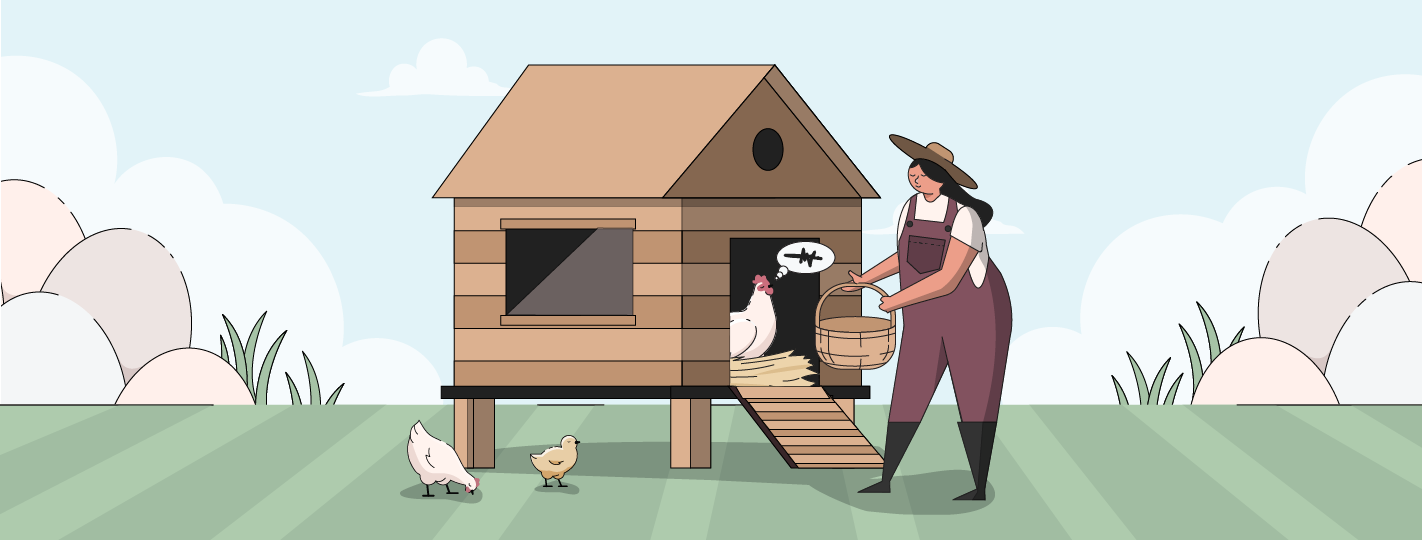
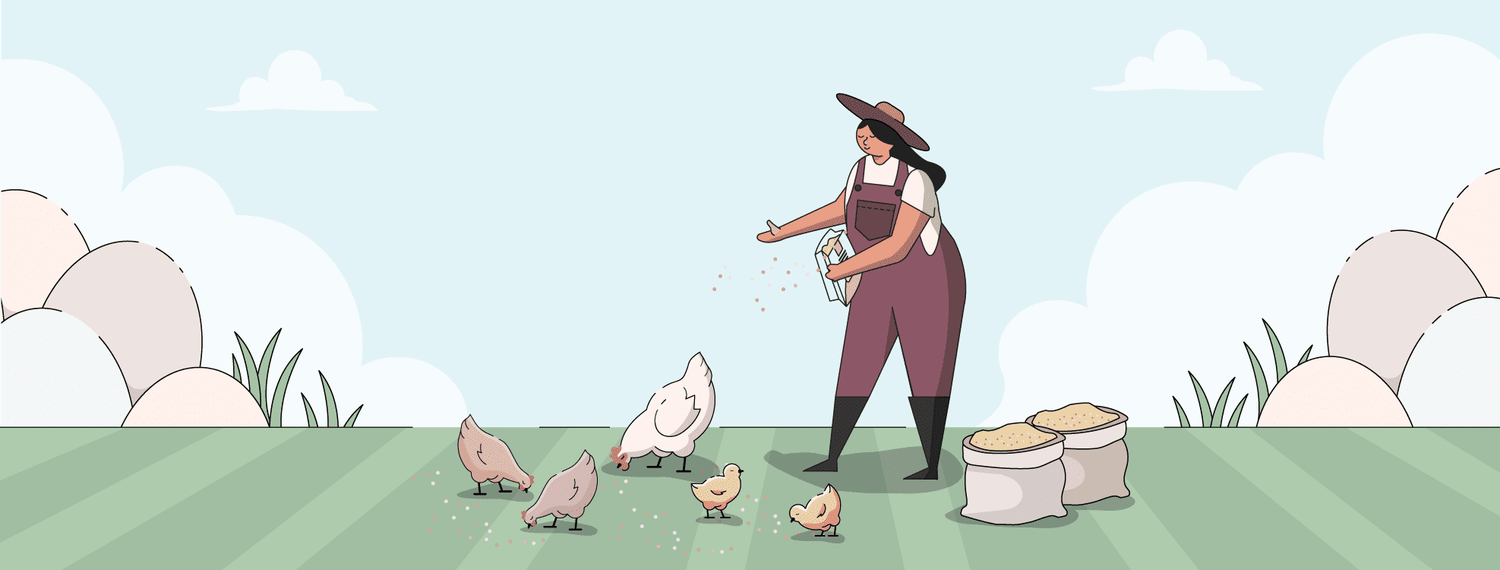
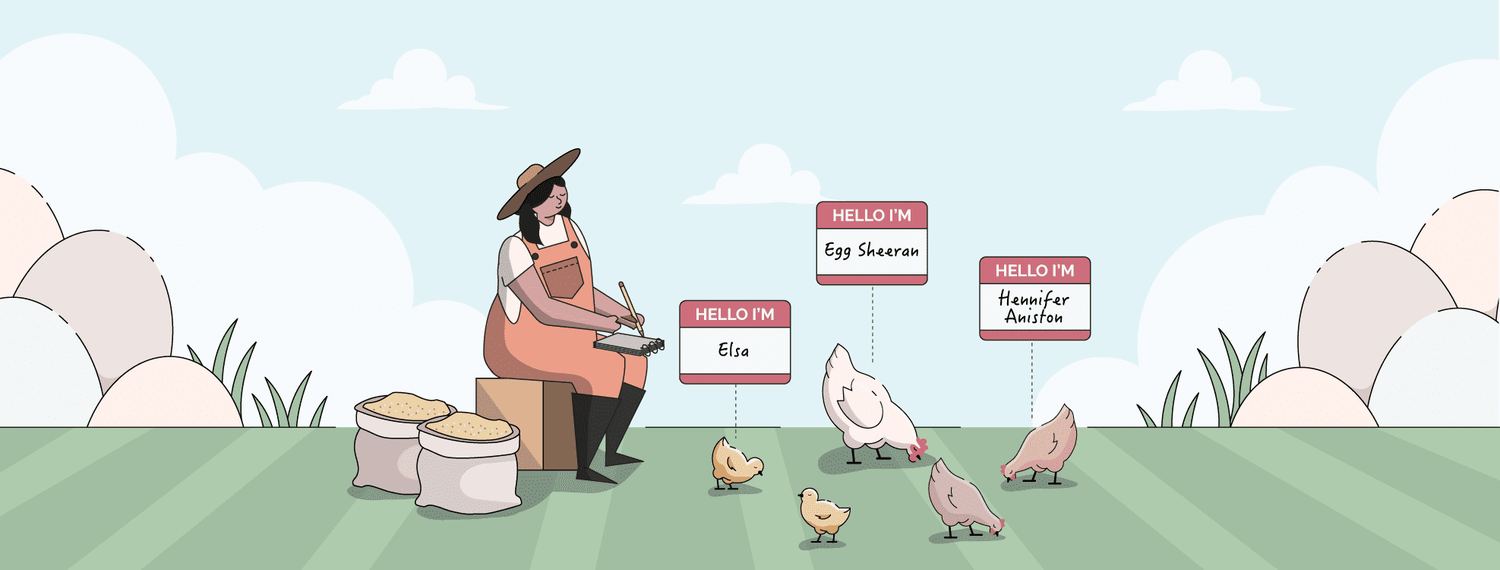
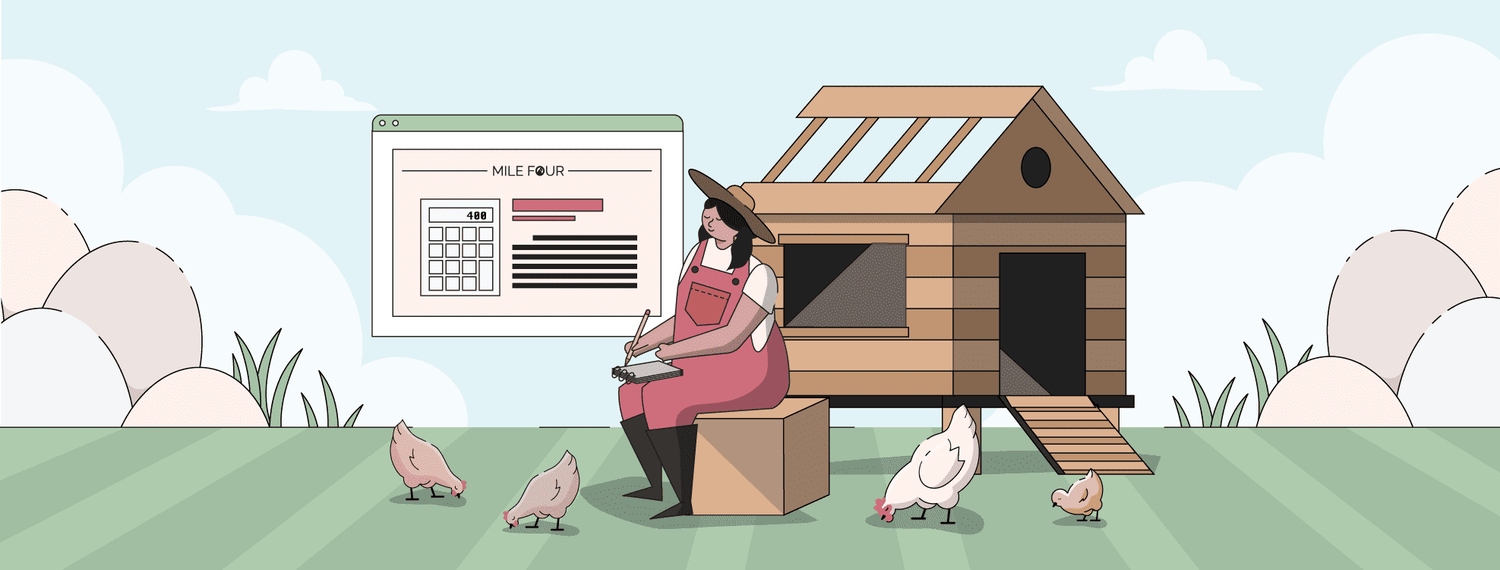
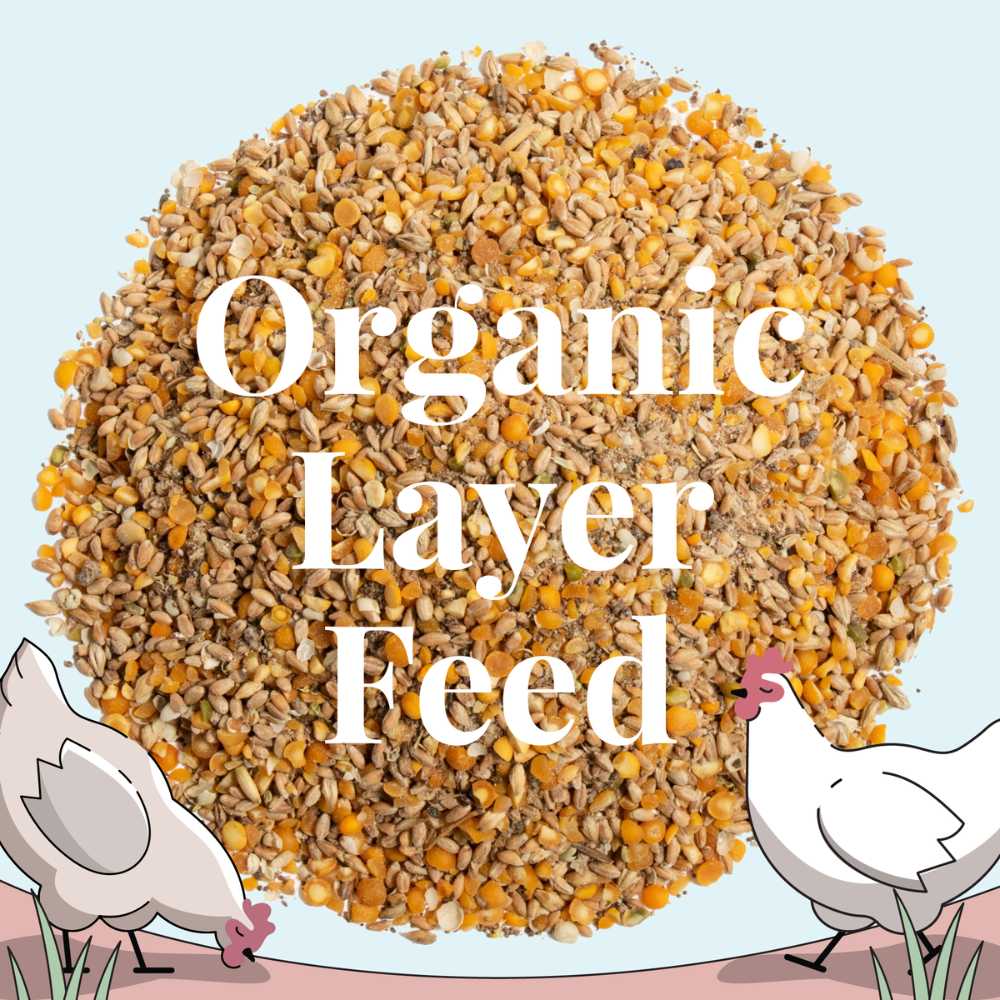
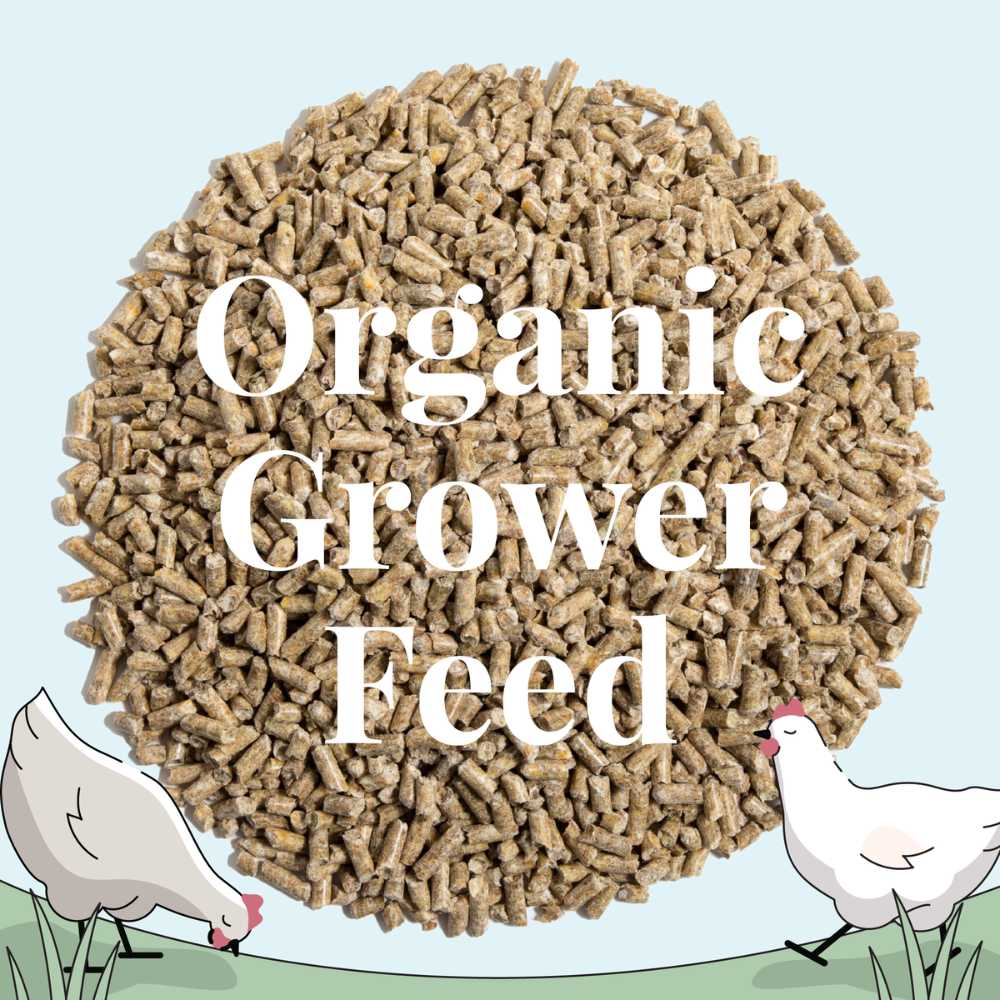
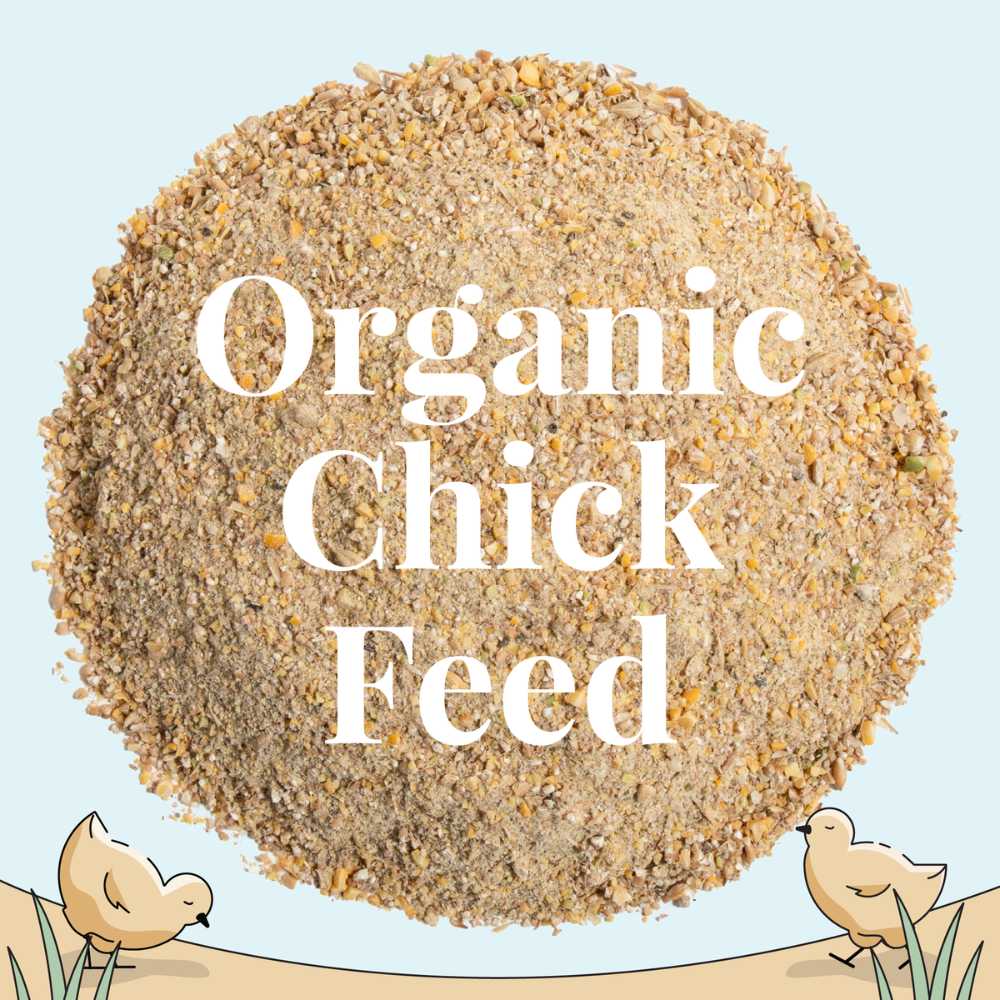
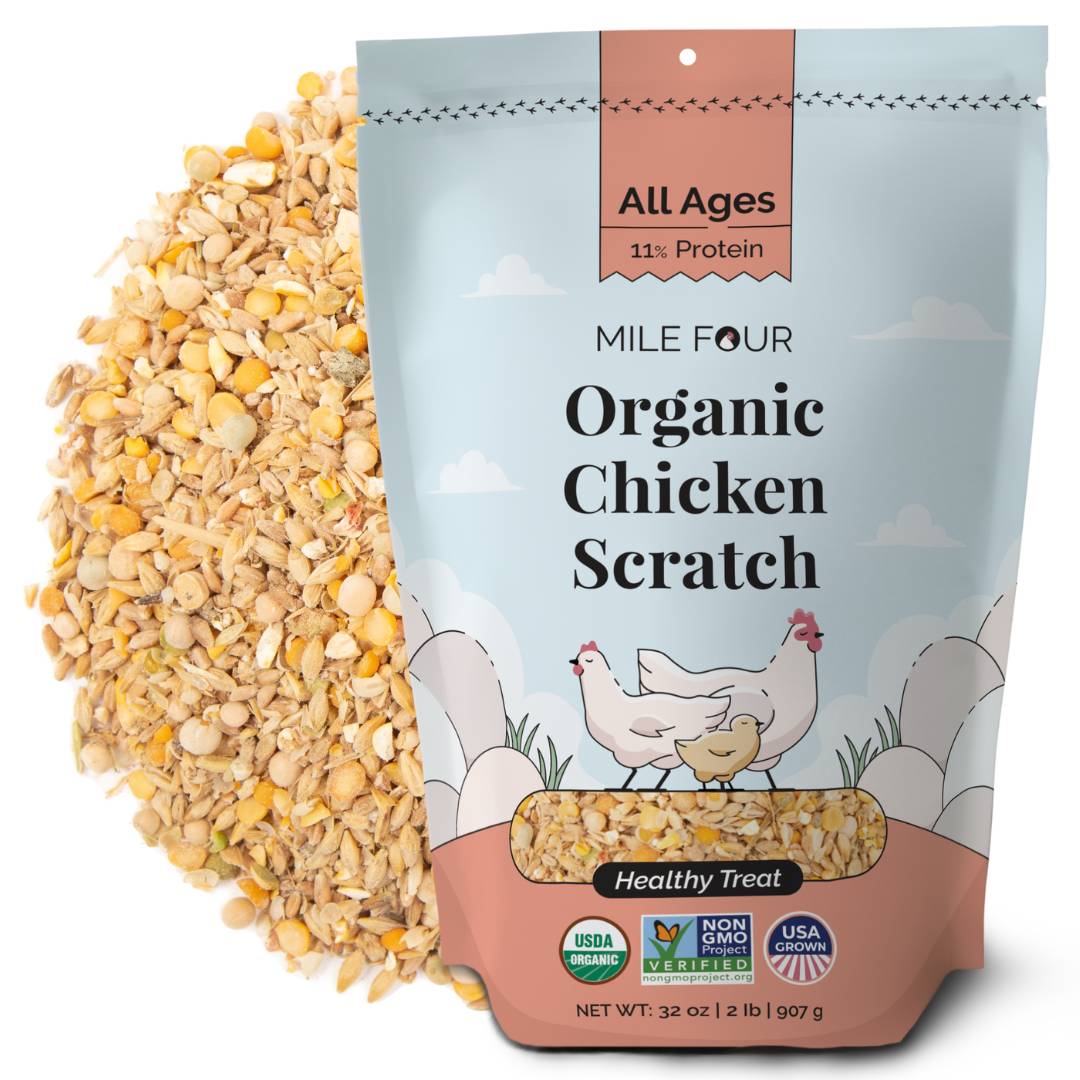
2 comments
And I call it a Broody Breaking Prison! But it works without disturbing the rest of the girls
I bought a dog kennel that had a divider. I used the divider as a raised floor, put in water, food and a roosting bar. The floor allows for air circulation on the chickens. I’ve had to use the kennel 2x for different chicks. My 1st chicken went weeks of me pulling her out of the hutch multiple times a day until I learned this trick. It took 2.5 days in the kennel to break her. I tried 24 hr 1st and let her out with the flock, but she went back into the hitch. Another 30or so hours in the kennel, and she was back to normal. My 2nd chick got put in the kennel within 2 days and after 24 hours in the kennel… Boom back to normal. I put the kennel in my laundry room so I can keep an eye on the. They are not happy, but it’s necessary.